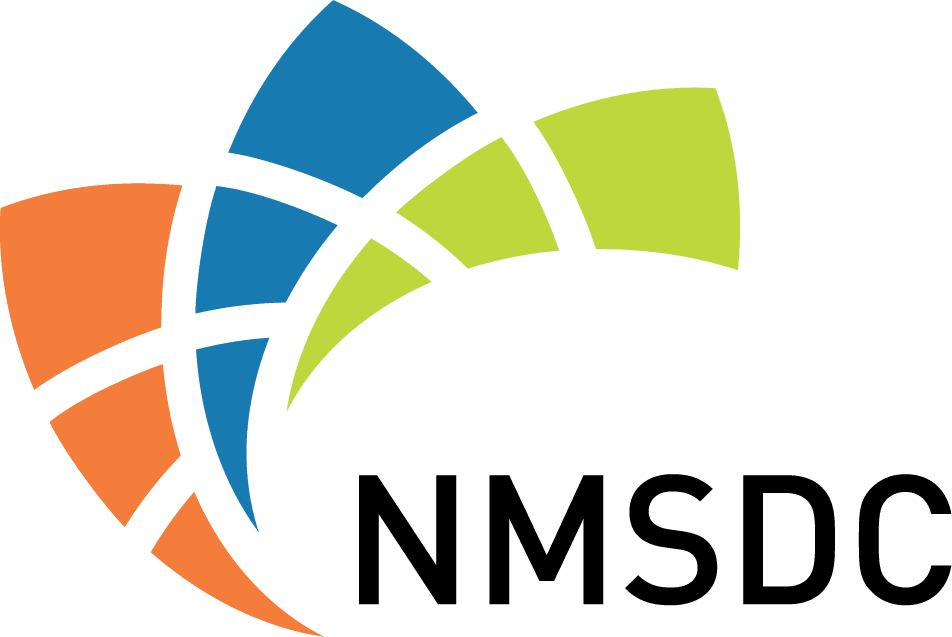
A top-down mandate and good data are essential ingredients in a successful effort to diversify suppliers, said the pizzamaker’s director of diversity, equity and inclusion.
Papa John’s International didn’t have a supplier diversity program before Natonya Harbison joined the team in December 2018. The new director of diversity, equity and inclusion was starting from scratch.
Harbison is responsible for stewarding diversity and inclusion efforts within Papa John’s internal organization, and throughout its external supplier network, franchises and operations, she explained on a Tuesday webinar with Jaggaer and The Hackett Group.
It’s more common to see supplier diversity programs report up through the procurement structure, Harbison said, but she sees Papa John’s decision to roll up supplier diversity into the entire company’s diversity, equity and inclusion work is a plus.
“In order for supplier diversity to work, which is external, it has to be internal, as well,” said Harbison, who spent the first decade of her career in procurement roles.
Papa John’s is seven quarters into its supplier diversity roadmap. Supplier diversity is engrained in company policy, and the company will soon integrate it into individual performance evaluations. By next year, the company is aiming to have double-digit growth in its minority-owned, woman-owned, disabled-owned, veteran-owned and LGBTQ-owned spend since the start of the effort in Q1 2019.
To get to this point, Harbison ensured a few bedrock principles were in place.
Getting into the flow
When it comes to supplier diversity, who is responsible and where that person sits within an organization is key, Harbison said. Because she wasn’t inherently in the formal procurement apparatus, she needed to solidify her role in processes and procedures early.
“Because I am under the that leaves our facility now actually come to me to identify diverse suppliers,” she said.
“In order for supplier diversity to work, which is external, it has to be internal, as well.”
Natonya Harbison
Director of Diversity, Equity and Inclusion at Papa John’s International
Finding those diverse suppliers is a matter of collaboration — with peers and with diversity-dedicated organizations, according to the experts.
“Collaboration between companies has been one of the key tactics that organizations are using to be able to drive and identify and to recruit some of these diverse suppliers,” said Chris Sawchuk, principal and global procurement advisory practice leader at The Hackett Group.
Organizations like the National Minority Supplier Development Council are also important resources in identifying new suppliers, multiple experts said. The pandemic has stymied many of the usual supplier discovery tactics, as in-person meetings are generally not an option, placing more importance on such organizations and digital database tools. Coupa Software, for example, launched a public diverse supplier portal in October, which includes a supplier mentorship program.
Getting out of Excel
Not only did Harbison need to make her own rules when it came to the procurement process for diverse sourcing, she also had to work through a fairly simplistic data operation.
“It was hard. It was very manual, so it was important for us to establish technology and reduce our risk and understand where opportunities were,” said Harbison.
When the company put in place a management team to oversee indirect spend for the first time this year, the new managers introduced Papa John’s to Jaggaer, a supplier-management software platform, which got the organization out of Excel and facilitated Harbsion’s involvement with every RFP.
“Papa John’s is a large organization not terribly dissimilar from many,” said Jaggaer CEO Jim Bureau. “They were managing their diversity program and supplier program by way of an Excel spreadsheet, and I think where people struggle with that is, ‘How do I get that at scale?'”
Strategic use of dedicated software helped Papa John’s scale supplier diversity, but it also gave the team ammunition to bring to the C-suite to prove it’s worth.
Top-down approach
Software such as Jaggaer allows procurement officers to look at diverse sourcing by business unit, category or product. And beyond spend, digitalizing the supplier diversity search can allow for a detailed examination of how many diverse suppliers a company is meeting with and then moving forward through the validation process, said Jamie Crump, president of The Richwell Group and author of “Backstage Pass: Pulling the Curtain Back on the Business of Supplier Diversity.”
“The CEO is becoming much more of a common figure for sponsoring and for leading supplier diversity efforts within our overall organizations
Chris Sawchuk
Principal and Global Procurement Advisory Practice Leader at The Hackett Group
The Harvard Business Review recently found that simply disclosing diversity data in a simple, clear way can be a catalyst within organizations, if it’s used to empower the right people.
And the digitalization of procurement processes is adding to the credibility of supplier diversity data, said Crump. That means “it’s easier to go in and sell the results to places like the CFO and the finance department than in the past where people were doing things manually.”
Buy-in from the C-suite is important, according to the panel. Harbison said a letter signed by Papa John’s CEO and widely distributed paved the way for her work and the necessary investment in it.
Getting the CEO’s blessing in writing is a key element in successful supplier diversification, said Sawchuk along with recruiting other high-level champions.
“The CEO is becoming much more of a common figure for sponsoring and for leading supplier diversity efforts within our overall organizations,” Sawchuk said.
Source: Supply Chain Dive

